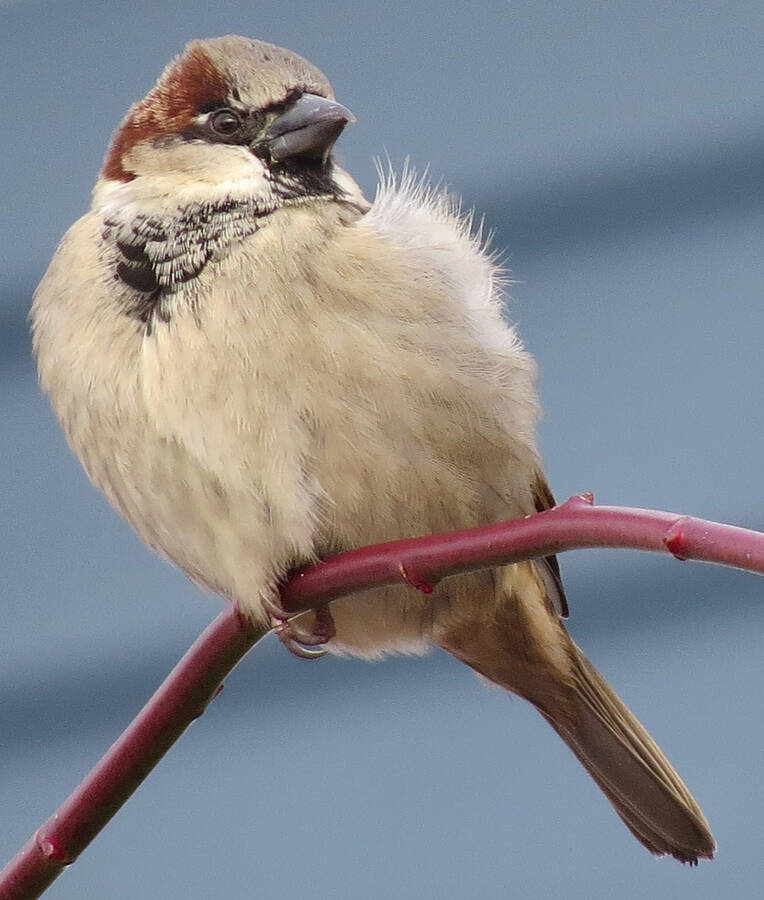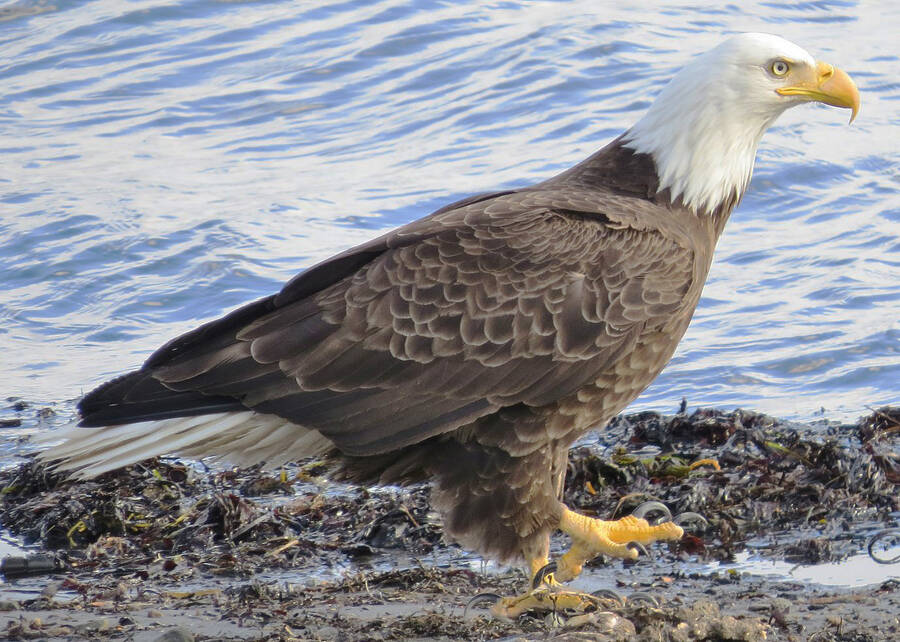
2024-02-21
A bit about bald eagles
I recently read a booklet entitled, Bald Eagles in the Maritimes, by Peter Austin-Smith and Merritt Gibson. It was published in 1994 and, although dated, it still has a lot of interesting information.
This is the time of year when bald eagles begin their nesting process. The main areas in the province with the most pairs nesting would be in Cape Breton and the valley.
The bald eagle is not actually bald. In old English "balde" means white. In the Welsh language "bal" is a white spot. In Gaelic, "bald" is a white forehead. In zoology, "bald" refers to white on the head. As for the eagle, "bald" describes a feathered head that is white.
Other common names for the bald eagle are white-headed eagle, white-headed fisherman and American eagle. Micmac (Mi'kmaq) names are Gitpu, Kitpu, Kitpoo, Kutip'u and Wobulotpajit.
Maritime bald eagles are larger than those in the southern United States, but smaller than those in Alaska. The female is larger than the male. Adult plumage does not occur until five years and up.
In level flight, bald eagles can reach speeds of 60 to 80 km/h. During a dive they can exceed 120 km/h. Eagle eyesight is three times more acute than that of the human eye. They can see prey or movements of small animals from three kilometres away. Their ability to hear is said to be equivalent to that of a human being. The senses of taste and smell are poor.
Beginning in late January, pairs of bald eagles are often seen soaring high in the sky. They may form life-time bonds and soaring is part of their yearly courtship behaviour to renew those bonds. Talon-grappling and spinning descents are aerial courtship displays. These actions are seen at the start of the eagle breeding season.
Once they return to the nesting area, they do a number of intricate manoeuvres. One of these is a chase display where they do dives, rolls and fly upside down. They also do roller-coasters and cartwheels.
If not disturbed, eagle pairs will return to the same nesting site each year. Nest repairs and renovations are underway by mid-February. Eagles may build more than one nest in their territory and might alternate nests from year to year. Egg laying begins in mid March and by early April most nests contain eggs. Incubation lasts for about 35 days and both adults incubate the eggs. After the eggs hatch it is 12 weeks before the young will leave the nest.
Kerry Jarvis of Lower LaHave had a brown creeper visit his yard Feb. 7. On Feb. 9 Eric Mills saw the clay-coloured sparrow that had been found originally at Upper First Peninsula. It is now tending along the Kissing Bridge Road. On Feb. 10, Kevin Lantz saw it at the new location and I was able to find it there the following day.
On Feb. 11 Barbara McLean still had a ruby-crowned kinglet coming to her suet feeder. Kerry Jarvis saw a pair of common eiders at Hirtle's Beach on that day. I found a black-headed gull at Sand Dollar Beach in Rose Bay. Lise Bell spotted a Barrow's goldeneye at West LaHave. She also reported a pileated woodpecker and spotted a barred owl by Tannery Road in First South. I was pleased to find a female northern pintail at First South.
I re-found the pink-footed goose at Second Peninsula. There were seven Bonaparte's Gulls at Back Harbour Lunenburg. There were lots of Long-tailed ducks at the Lunenburg Front Harbour on that day. On Feb. 12 Robert Keereweer saw a male gadwall at Graves Island. On that day Kerry Jarvis had 100 Canada geese at the Oxner's Beach saltmarsh. Glenn Rhodenizer reported 30 snow buntings at Second Peninsula.
On Feb. 7 a killdeer was found by Richard Donaldson at Pond Road in Pubnico. Feb. 8 produced two eastern bluebirds for Ronnie d'Entremont at Argyle Head. Elizabeth Doull found four red knots, one black-bellied plover and two ruddy turnstones at Three Fathoms Harbour.
Ronnie d'Entremont saw the great egret at Overton Feb. 9. Natalie Barkhouse-Bishop reported two snow geese in Falmouth Feb. 10. David Currie located a brown-headed cowbird at Point Pleasant Park in Halifax.
On Feb. 12 he had an eastern towhee in Dartmouth. Logan Moore found a palm warbler at Berry Head. Angela MacDonald reported a fox sparrow in her yard at Indian Harbour Lake. She also said that a brown thrasher still continued at Port Bickerton.
On Feb. 13 Sarah Foote posted that the eastern phoebe continues at Kentville and Mark Dennis posted that the king eider was still at Cape Sable Island. The winter list was at 220 as of Feb. 14.
You may reach me at 902-693-2174 or email jrhbirder@hotmail.com.







